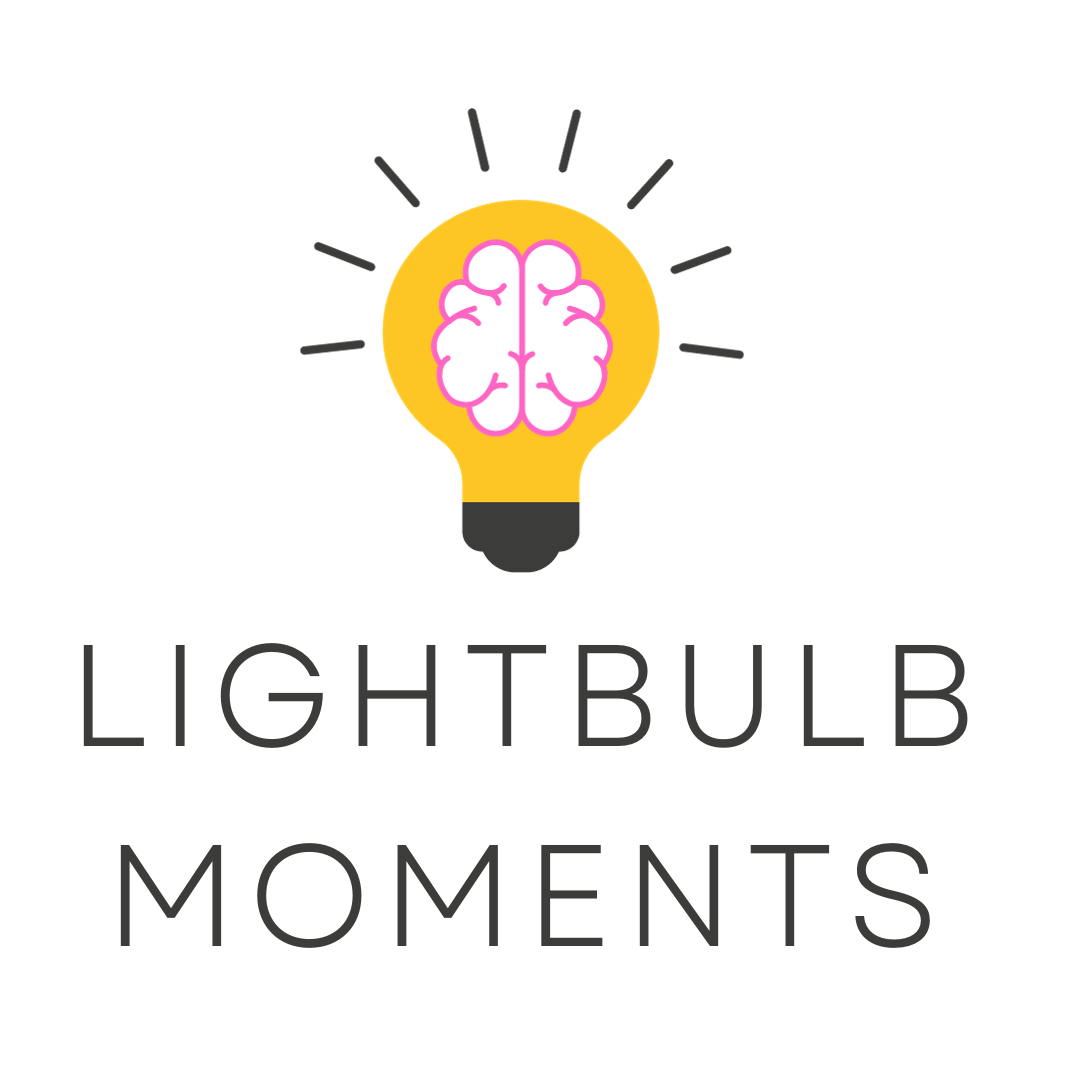Red car syndrome... intrigued?
Hello human peoples! Ready for another instalment to get those lightbulbs pinging and those "aha" moments going?
Let's go!!
Today I'm writing all about The Baader–Meinhof phenomenon (as it's officially known)/ red car syndrome / frequency illusion / recency illusion. These are lots of terms for the same thing - and something that I think is really interesting! This is topic has partly been spurred on my the fact that we've got a new car, and it's orange, and in the last month my ten year old has pointed out every car which is roughly the colour of orange leaving me to think that there are just as many orange cars in the world as black ones.
What is it?
It's basically a cheeky little glitch that happens in your brain when you are processing information. Depending on the previous stimulus your brain will hyper focus on one thing over the other things. If you know anything about confirmation bias then The Baader-Meinhof phenomenon utilises this!
An example of this - if you know someone close to you who is pregnant, all of a sudden it seems like "pregnant people are everywhere". Or if you're looking to move house and you notice just how many houses are on the market as you're travelling around doing your everyday jobs.
Why does it matter?
Think about it in terms of the power of suggestion at work. When you tell someone something about a particular project like "I find working with Suella such hard work, she only ever says negative things". The person you're telling is potentially going to subconsciously only select the interactions with Suella that affirm your statement. Or "Isn't Esme such good fun, I love working on their team, they bring so much energy to everything". The focus is going to be on those interactions which confirm the bias that has been created. It matters because you could be subliminally creating cultures and opinions with individuals and groups without even realising. Some of them could be good but some of them could also be bad.
This can also happen when we start to create relationships between two things that aren't actually related. There are lots of examples of this in medicine, where doctors have seen two ailments come at the same time and so have created a pattern between the two. This can be REALLY helpful if one ailment really is a symptom of the other but can be unhelpful if it means that every time a doctor sees a swollen toe they diagnose the person with COVID-19... (check out covid-toe, it's a real thing that happened!!).
How can it be used in leadership?
This is the question! How do we use it? Well you're probably using it now without realising, so start to think about what messaging you're giving to those around you and how your messaging might be creating the The Baader–Meinhof phenomenon. Harmless comments like "Did you notice that Chad wasn't online yesterday for a bit?" can actually create a space where the other person starts to look for patterns and confirmation that Chad isn't online when he should be. Or think about it the other way, mentioning to a manager that Ruben is really good when it comes to problem-solving. All of a sudden the whole company is going to Ruben for their problems and Ruben is talking about helping people solve their problems and so there's frequency bias where people believe that Ruben solves more problems than his counterpart (which may or may not be true).
What should I do with this new found knowledge?
Recognise that if you're in a position of power or influence that you might be inadvertently creating The Baader-Meinhof phenomenon without realising it so be mindful of the things that you say ;)
Realise that your brain is doing this to you all day every day! Start thinking about how much it's been raining lately? Your brain will naturally focus more on the days that it can remember that it rained
Think about how you could use this to rewire your brain for good. What could you focus on that you want your brain to be hyper/over focused on?
Final Thoughts!
Knowledge is power and if you want to test this out, choose something innocuous - for example "have you noticed that the dishwasher is always full?" or "Can you believe how many people are wearing hoodies to work when they're on Teams/Zoom calls". See what kinds of responses you get from people!
Let me know how it goes, but for now...
Toodles x



